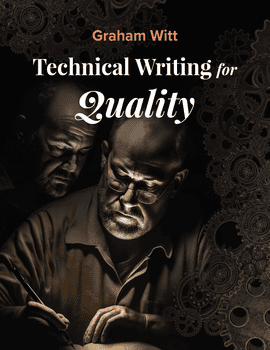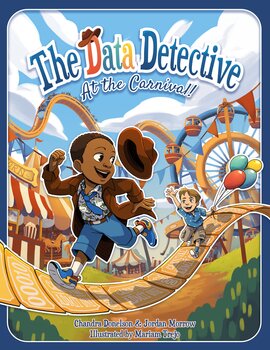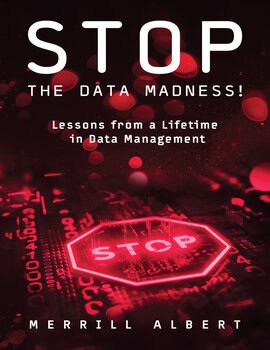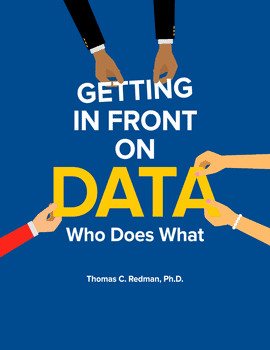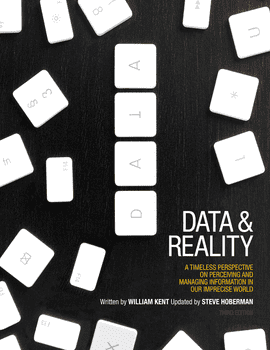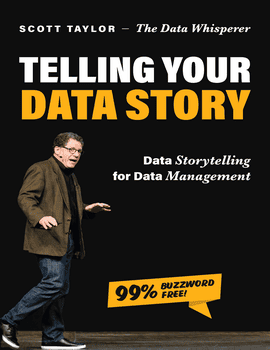Technical Writing for Quality
Technical Writing for Quality, by Graham Witt
Sooner or later many technical professionals need to write—or contribute to—documents, such as requirements specifications, user manuals, and standards documents.
Topics
Understanding your readers
Document structure
Sentence clarity
Narrative flow
Consistency
Plain English
Document layout
The language of the organization
Technical terms
Facts, opinions, and assumptions
Obligation, capability, prohibition
Words and phrases to avoid
Ambiguity
Redundancy
Series
Definitions
Quoted material
Abbreviations
Numeric information
Tables
Diagrams
Headings
Cross-references
References to other documents or published works
Front matter
Document lifecycles
Word classes
Phrases
Clauses
Sentence completeness
Word order
Punctuation
Capitalization
Common errors
Commonly confused words, abbreviations, and phrases
Differences between US and UK Standard English
A major contribution to the success of any project is the quality of the documentation.
This book will assist anyone who wants to communicate more effectively when writing in the English language, in the US, the UK, the EU, or the British Commonwealth.
It discusses what makes written communication effective, and—more to the point—what makes it ineffective. It contains practical advice for the technical writer, covering choice of words, arrangement into sentences, document organization, and layout. It contains numerous examples of both well-formed and poorly-formed statements.
About Graham
Graham first became aware of IT when, at the end of his second year at Adelaide University (South Australia), where he was majoring in Mathematics, he saw a notice advertising a 1-week Fortran course. He attended out of curiosity and was immediately captivated by the possibilities. The following year, the university introduced a 3rd year Computing course, covering such subjects as sort routines, data storage options, languages (assembler, Algol and Lisp), Turing’s work and much else. Graham now knew what he wanted to do when he grew up. However, when he graduated in 1969, the only IT jobs in Adelaide were sales positions for a well-known hardware vendor, so Graham became a secondary mathematics teacher instead.
The following year, it was clear this wasn’t his calling, but by chance while at a party, a friend of a friend mentioned that a software development centre had just been established and was hiring. That led to Graham’s first fulltime IT job, which was to code operating system and DBMS components then design and build an interpreter and compiler for a mainframe vendor. He then designed and built an early CAD system with text input and plotter output – this was before VDUs. Other system design and build work followed for various businesses and government departments, until he talked his way into a database design role for a major new system for a government department. While on that project he attended a data modeling course given by Graeme Simsion, who later offered him a data modeling consultant job. Graham soon realised that it was not enough to model data and design a database; data quality could only be maintained by rigorous application of business rules and a well-designed user interface. After co-writing Ed3 of Graeme Simsion’s Data Modeling Essentials, Graham went on to write three other books, the last two of which have been published by Technics Publications.
He has developed innovative techniques in data modelling, natural language system description and natural language business rules.
He has presented papers at conferences in Australia, the US, the UK, France and Germany, as well as meetings of DAMA (the Data Management Association) – in Australia and the US – and ACS (the Australian Computer Society). He has developed and delivered training courses in data modeling, database design and business rules, and delivered them in Australia, the US and Canada.
Graham has many other interests, including linguistics, music, and photography. He has performed with a variety of rock, folk and world music groups, mainly on bass, and has worked as a session musician on various recordings. His favorite photographic subjects are landscapes and architecture. Graham has attached some of his favorite photographs.
Faculty may request complimentary digital desk copies
Please complete all fields.
